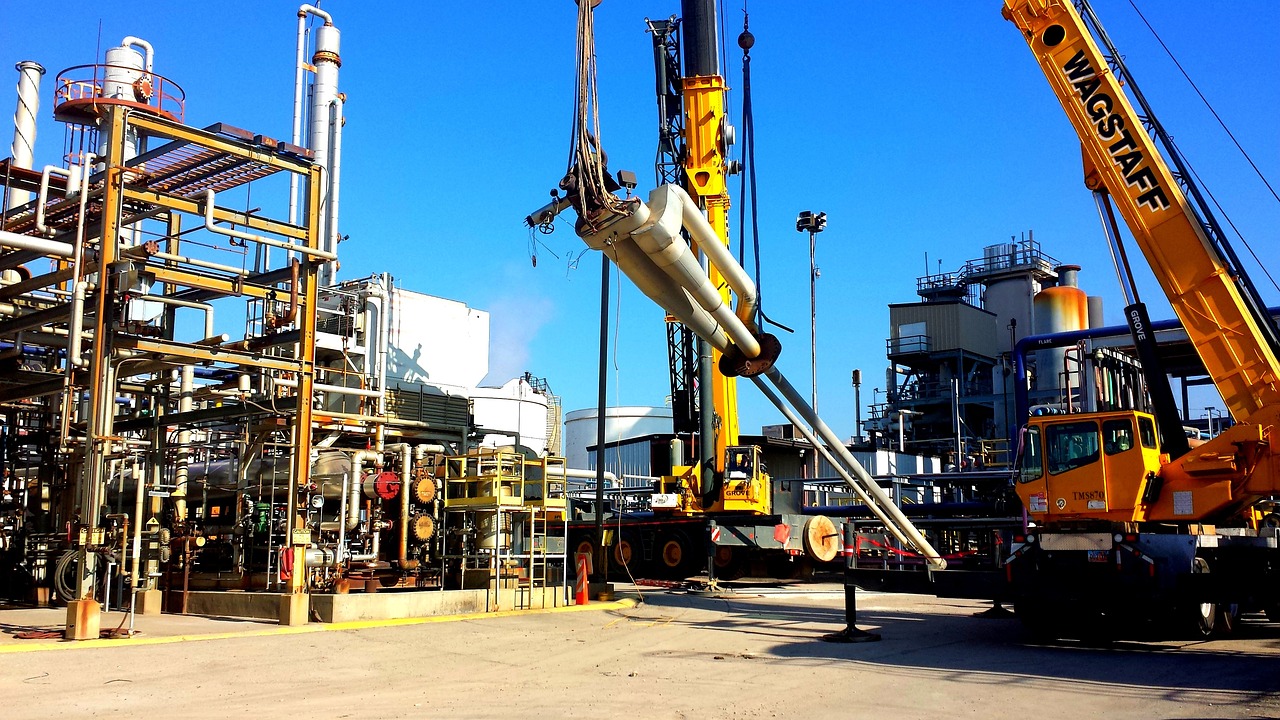According to data from the U.S. Commodity Futures Trading Commission (CFTC) for the week ending February 6, speculators decreased their net long positions in NYMEX WTI crude oil by 55,265 contracts, bringing the total to 94,963 contracts. The combined net long positions in Brent and WTI crude oil decreased by 85,474 contracts to 319,701 contracts. Net long positions in NYMEX gasoline dropped to 56,957 contracts, hitting a 12-week low, while net long positions in NYMEX heating oil fell to 16,627 contracts, reaching a seven-month low. Net long positions in NYMEX natural gas dropped to 4,700 contracts, marking a seven-week low.
On Wednesday, after Israeli Prime Minister Netanyahu rejected a ceasefire proposal from Hamas, oil futures prices increased throughout the week. This rise follows a 7% decrease last week.
Jim Ritterbusch, president of Ritterbusch and Associates, stated that unless there is significant positive news from the Middle East, the oil market will continue to experience significant weekly price fluctuations for the remainder of the month. This week, energy services company Baker Hughes added 4 oil and gas drilling rigs, bringing the total to 623, the highest level since mid-December. Data from the U.S. Energy Information Administration shows that U.S. domestic crude oil production has recovered to a record 13.3 million barrels per day. Last month, cold weather caused large-scale shutdowns in oil-producing regions.
A significant number of planned and unplanned shutdowns at U.S. refineries have tightened product markets, supporting stronger gasoline and diesel prices, and consequently, providing support to crude oil futures. This week, gasoline futures prices rose by about 9% to $2.34 per gallon, while heating oil futures prices increased by 11% to $2.96 per gallon.
Kazakhstan’s national oil transporter, KazTransOil, revealed that it exported 100,000 tons of crude oil to Germany in January.
On Thursday, the U.S. Treasury Department imposed sanctions on three additional entities located in the United Arab Emirates (UAE) and a Liberia-registered oil tanker.
Matt Smith, chief oil analyst at Kpler, mentioned that the oil market has not yet reacted to escalating tensions between Venezuela and Guyana over an oil-rich region, as traders anticipate that the situation will not escalate to a point where it directly affects supply. Three crude production lines are already operational, with output expected to grow in the coming years. It is projected that four new crude production lines will come online over the next decade, increasing daily production to over 1.2 million barrels. Additionally, recent events have had limited impact on investment, as Guyana’s production growth outlook remains positive.
Barclays, the UK’s largest lender to the oil and gas industry, announced it will stop direct financing for new oil and gas fields and more broadly limit loans to energy companies expanding fossil fuel production. This move is part of the Transition Finance Framework (TFF) released last Friday, following adjustments to its energy policy under pressure from environmentalists concerned about the carbon emissions from burning fossil fuels. Moreover, starting from 2025, Barclays will restrict broader financing to non-diversified companies, such as pure exploration firms, provided their expenditures exceed 10% for expanding long-term production. Barclays’ action follows the tightening steps on oil and gas loans by banks such as HSBC and BNP Paribas.
